
Service. It’s one of the most vital aspects of any business. Whether you’re selling hamburgers, hawking used cars or peddling designer jewelry, the key to success revolves around service.
The two-wheeled world is no different; hence if you wish to succeed, especially during these trying economic times, one must make service a priority. And that’s exactly what Ducati North America has done for 2009.
With the massive influx of technology – electronic fuel-injection, Ducati Data Acquisition (DDA), Ducati Traction Control (DTC), immobilizer anti-theft system, not to mention Ohlins suspension components featured on new Ducati motorcycles (standard on S models and the Desmosedici D16RR) – the time has come for new service standards. This ensures that each and every Ducati dealership mechanic will be proficient in servicing, maintaining and repairing your Ducati motorcycle.
Highlighting the new program is an updated three-level training curriculum hosted by Ducati North America and held at one of two Wyotech motorcycle training facilities in Ormond Beach, Florida and Fremont, California. The program is taught by certified Ducati motorcycle authority Bruce Meyers, founder of renowned New England-based Ducati Performance shop BCM Motorsports.
Inside the classroom students receive hands-on experience working on both new motorcycles (1198 Superbike, Monster 696) and older generation machines (999 and 749-series Superbikes). In Level 1 students are taught how to complete all the service basics including pre-delivery inspection (PDI) and 7500-mile service. They also learn the fundamentals of the charging system, fuel-injection, suspension basics, and immobilizer anti-theft system set-up.
Students learn the inner working of Ducati motorcycle engines in Level 2, required for a mechanic to provide warranty repairs on a Ducati motorcycle. Technicians learn how to undertake a complete engine overhaul and operate Ducati’s Diagnostic System (DDS) tool, allowing for advanced system analysis. In order to be eligible for Level 2 training, the student must have completed the updated Level 1 program and undergo annual update certification to keep their Level 2 status.
To become a Ducati master mechanic, students must complete Level 3 training, which is separated into four modules. The first module consists of training in the inner workings and set-up of Ohlins suspension components. Instruction is held at Ohlins USA headquarters in Hendersonville, North Carolina. The second module consists of engine dynometer training enabling the dealership to further diagnose problems and further tune the motorcycle if necessary. The remaining two modules are comprised of advanced electronic troubleshooting and operations management training.
All training courses are open to all Ducati dealership technicians with Ducati North America paying for schooling (and lunch), while the technician’s dealership is responsible for travel and lodging expenses. Classes are kept small in order to ensure each student gets the right amount of attention (our class had 8 students) and fill up fast so make sure to register early.
Motorcycle USA enrolled in the five-day Level 1 course held at Wyotech’s Ormond Beach, Florida campus (a few miles north of Daytona Beach) to see what the updated training experience is like.
Class begins Monday morning at 8:30 a.m. with a brief introduction by Meyers followed by an introduction from the students in the classroom. After Meyers gives an outline of the week’s activities. The first day is spent learning about the Ducati brand and how you as a technician fit into its image. You also review key workshop practices that will not only save you time but allow you to be more efficient, thus making you more money. Also reviewed are the ins and outs of properly completing a PDI.
Where the majority of the first day is a lecture, the second day is more hands-on. In the morning you learn how to use the basic functions of the DDS device. The tool is basically an oversized PC-compatible Gameboy that plugs into contemporary Ducati motorcycles and allows the user to check and set the Throttle Position Sensor (TPS), view engine fault codes and adjust fuel trimmer (ratio of fuel that the fuel-injector puts out), amongst other things. It uses a graphic-style interface so its operation is straightforward, however, it does take some time to understand how to navigate through its assorted menus and functions.
In the afternoon you get your hands dirty learning the intricacies of a 7500-mile service, which includes checking and adjusting Ducati’s proprietary Desmodromic valve actuation system on both 2-valve and 4-valve engines. And despite what we initially assumed, with the right tools and instruction (thanks Bruce!) you’ll be surprised at how simple it is to maintain and adjust a Ducati valvetrain.
Next to having the valve clearance in spec, having the correct belt tension is crucial to avoid engine damage. So Day 3 sees you continuing with the 7500-mile service and learning how properly adjust timing belt tension. Ducati simplifies the process and takes the guess work out of this with its Mathesis timing belt tension tool. The easy-to-use tool plugs into the DDS device and uses a sensor to measure the amount of belt tension. Simply attach the tool to the engine, line up the LEDs with the edge of the timing belt and flick the belt with your finger, thereby causing it to vibrate. The results are displayed on the DDS tool and allow the technician to achieve the correct belt tension every time.
The following day, students wrap up the 7500-mile scheduled service by learning how to reset the non-adjustable throttle position sensor (TPS) on current-generation Ducati motorcycles as well as ascertain its adjustment on older motorcycles.
Next, you’re trained on how to synchronize the motorcycles throttle bodies with a column-type vacuum gauge (available from Motion Pro). This is followed by hooking the motorcycle up to a CO exhaust gas analyzer in order to ensure EPA (and CARB for those of us in California) compliance. The afternoon concludes with a basic run down of a Ducati’s suspension components and how to inspect seals and measure fork oil volume.
On the final day Ducati’s immobilizer anti-theft system is discussed and technicians are briefed on how to program motorcycles immobilizer control unit and how to reprogram replacement keys. Component replacement is also discussed if in the event the customer loses all keys to his or her Ducati motorcycle.
Following this is a review session which covers all of the topics discussed throughout the week and provides an opportunity to ask questions on anything that the student is still not 100% clear on. After that a quick 50-question test is given and if passed you’ve officially become Ducati certified, enabling you to move onto the next level of training.
After experiencing first-hand Ducati’s revised technical training program I’ve got to say they are definitely onto something with this new format. Perhaps even more impressive is the level of devotion that service technicians have for Ducati motorcycles. There’s no doubt that Ducatis utilize unique engineering technology including its desmodromic valvetrain thus requiring a specially trained mechanic.
And the techs share that same fundamental Ducati passion. Not only did my classmates show almost fanatical enthusiasm for the bikes we worked on, they showed genuine interest in learning the nuances of servicing this unique brand of motorcycle. To me it was surprising, but then again, it’s this type of zeal that helps forge the bond between rider and his Ducati machine well after he drops the kickstand down at the end of the day.
It’s this sort of passion and the enthusiasm shown by Ducati personnel at the service level which continues to shun the sour economy and prove that with the right people and the right product a motorcycle manufacturer can still be successful even in these trying times.


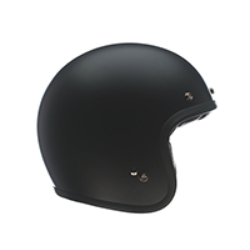

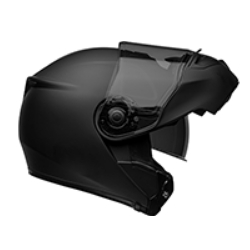

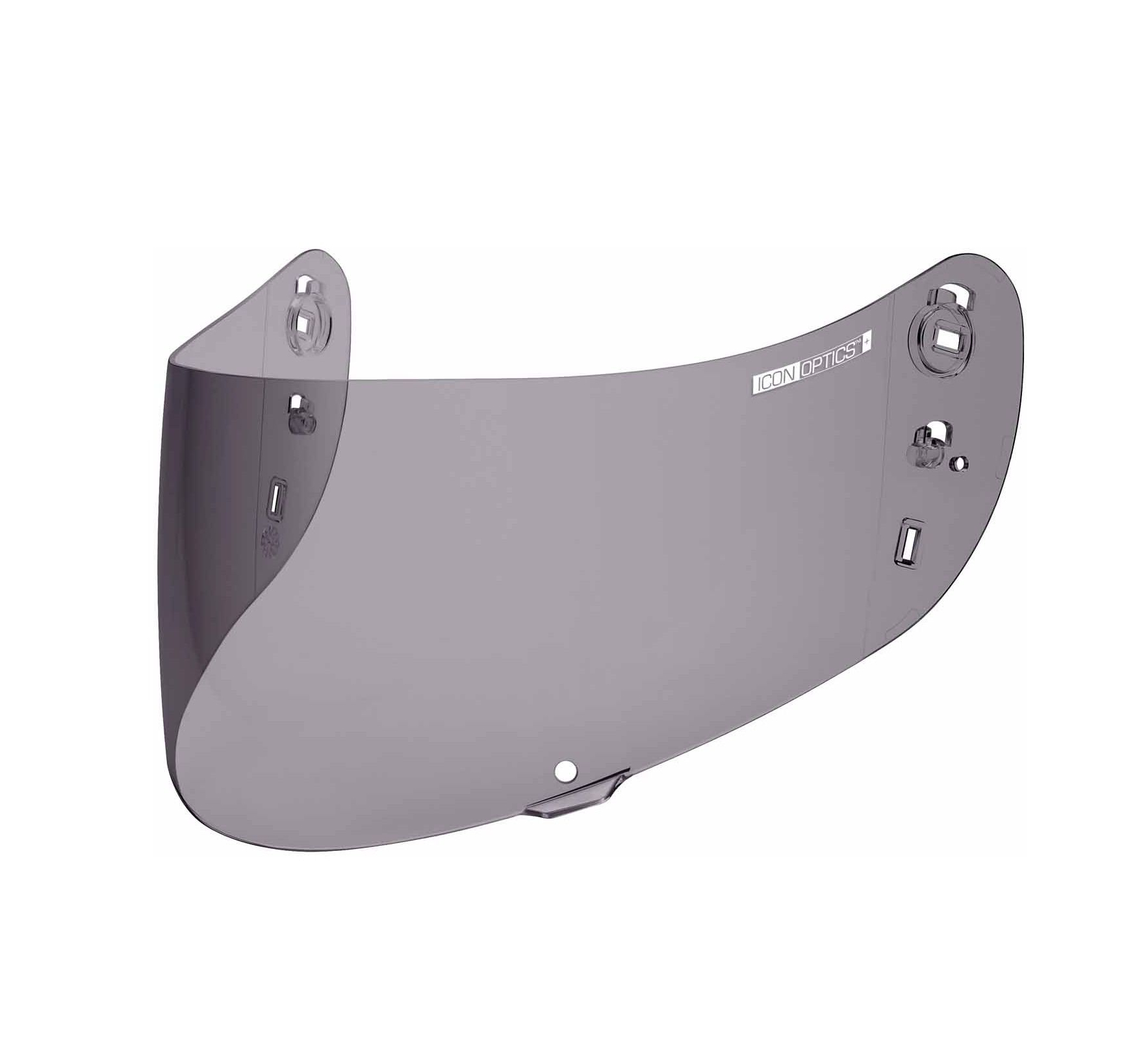
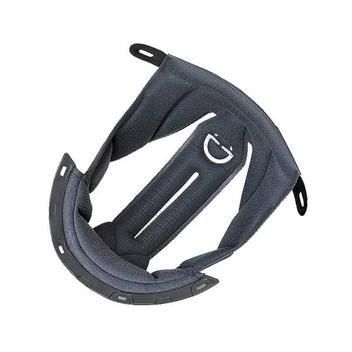
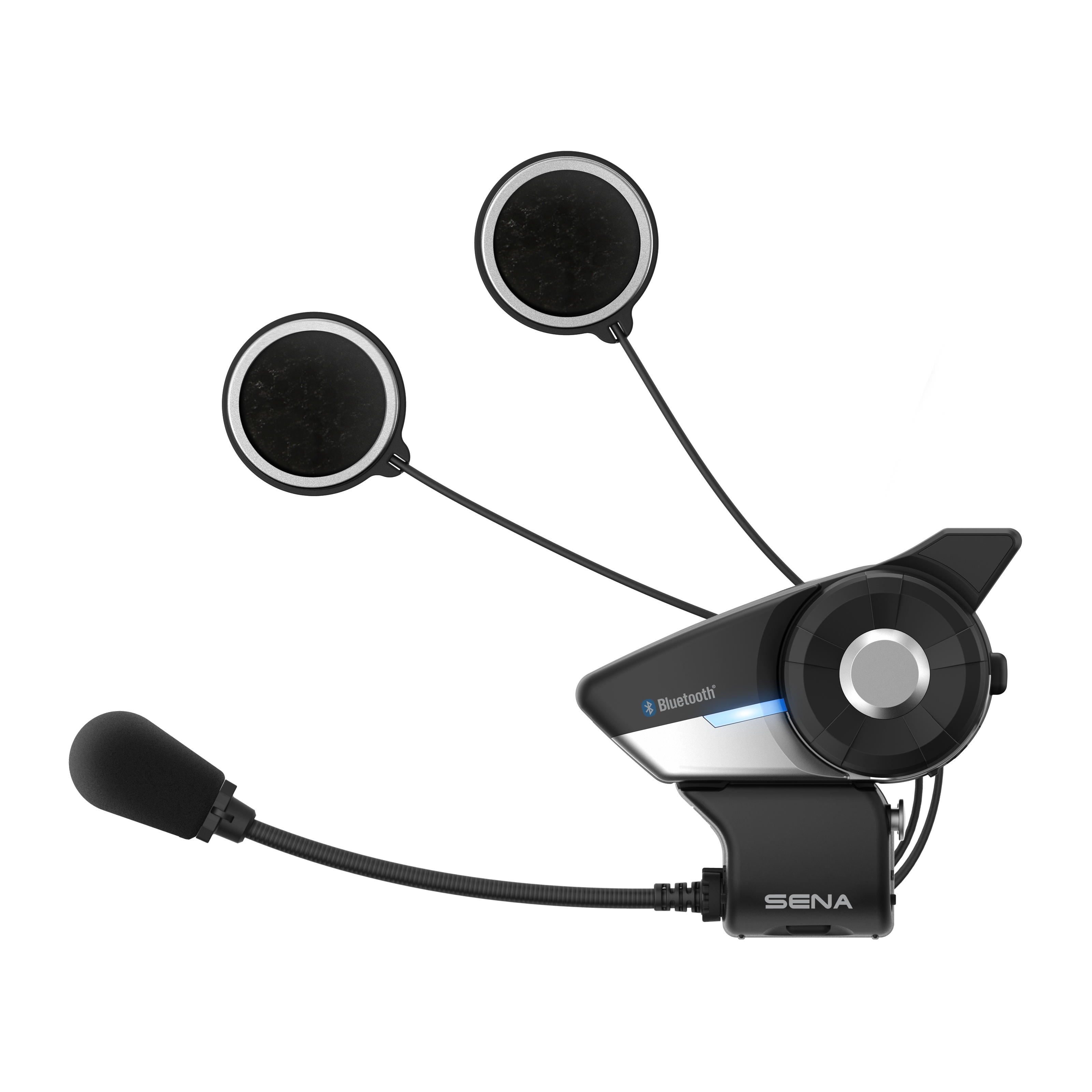
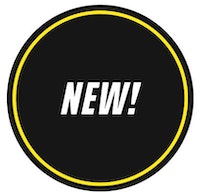

 Membership
Membership



